Home>Gardening & Outdoor>Landscaping Ideas>How To Lay Grass Mats
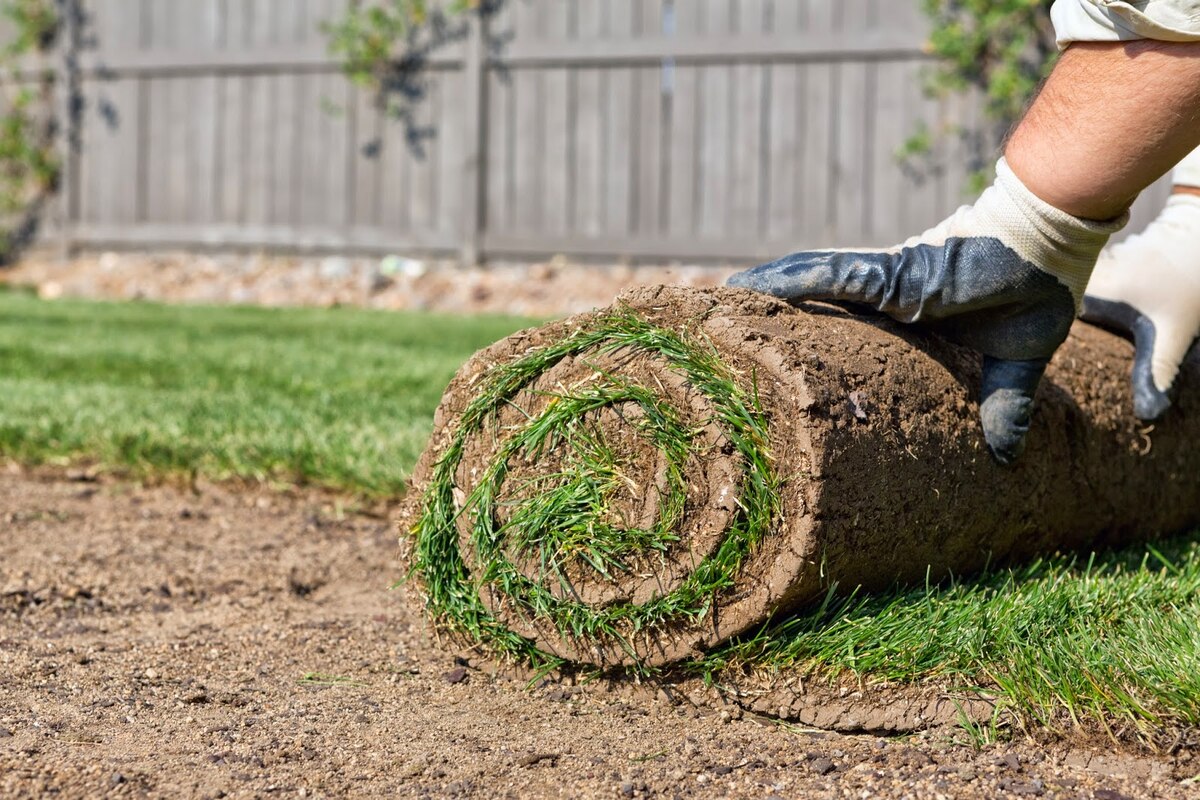

Landscaping Ideas
How To Lay Grass Mats
Modified: February 18, 2024
Learn how to lay grass mats with our comprehensive landscaping ideas. Create a beautiful and lush outdoor space with our step-by-step guide.
(Many of the links in this article redirect to a specific reviewed product. Your purchase of these products through affiliate links helps to generate commission for Storables.com, at no extra cost. Learn more)
Introduction
When it comes to transforming outdoor spaces, grass mats are a fantastic option that can breathe new life into any area. Whether you're looking to revamp a garden, create a cozy green space, or enhance the aesthetics of a commercial property, grass mats offer a versatile and low-maintenance solution. These mats provide the lush, vibrant look of natural grass while requiring minimal upkeep, making them an attractive choice for both homeowners and businesses.
Grass mats are an excellent alternative to traditional grass, especially in areas where natural grass struggles to thrive due to poor soil quality, limited sunlight, or high foot traffic. Additionally, they are an eco-friendly option that reduces the need for water, pesticides, and fertilizers, contributing to a more sustainable and environmentally conscious landscaping approach.
In this comprehensive guide, we will explore the process of laying grass mats, from selecting the right type of mats to the final steps of ensuring their longevity. Whether you're a seasoned gardener or a novice enthusiast, this guide will equip you with the knowledge and confidence to embark on your grass mat installation journey.
By the end of this guide, you will have a clear understanding of the steps involved in laying grass mats, including preparing the ground, securing the mats, and maintaining their lush appearance. With the right approach and a touch of creativity, you can transform any outdoor space into a vibrant, inviting area that exudes the natural beauty of a well-maintained lawn.
So, let's dive into the world of grass mats and discover how these innovative landscaping solutions can elevate the charm and allure of your outdoor environment. Whether you're envisioning a serene backyard retreat or a welcoming entrance for your business, the versatility and aesthetic appeal of grass mats make them a compelling choice for enhancing any outdoor setting.
Key Takeaways:
- Transform outdoor spaces with low-maintenance grass mats that mimic natural grass. Choose high-quality, eco-friendly mats and follow proper installation and care for a vibrant, enduring landscape.
- Prepare the ground thoroughly and secure grass mats for a visually stunning outdoor space. Regular maintenance ensures the longevity and lush appearance of the mats, enhancing the natural beauty of the environment.
Read more: How To Lay Grass
Choosing the Right Grass Mats
Selecting the right grass mats is a crucial first step in achieving a stunning and long-lasting outdoor landscape. With a wide range of options available, it's essential to consider several factors to ensure that the chosen grass mats align with the specific requirements and aesthetic vision for the space.
Quality and Durability
When choosing grass mats, prioritize quality and durability. Look for mats constructed from high-grade materials that can withstand varying weather conditions, including UV exposure, moisture, and temperature fluctuations. Durable grass mats will maintain their lush appearance and structural integrity over time, ensuring a lasting and visually appealing landscape.
Realistic Appearance
Opt for grass mats that closely mimic the natural look and texture of real grass. High-quality mats are designed with intricate details, including varying blade heights, color tones, and realistic textures, creating an authentic and visually pleasing surface. A realistic appearance adds depth and visual interest to the landscape, enhancing the overall aesthetic appeal.
Size and Coverage
Consider the size and coverage area required for the project. Measure the intended installation area to determine the quantity and dimensions of grass mats needed. Whether covering a small patio or a larger garden space, selecting mats that provide adequate coverage will ensure a seamless and uniform look, creating a cohesive and inviting outdoor environment.
Read more: How To Lay Pavers On Grass
Maintenance Requirements
Evaluate the maintenance needs associated with different grass mat options. Choose mats that offer low-maintenance upkeep, such as minimal watering and no mowing, while retaining their vibrant appearance. Low-maintenance grass mats are ideal for busy homeowners and commercial properties, offering the allure of a lush lawn without the extensive maintenance demands.
Environmental Considerations
For environmentally conscious landscaping, consider grass mats made from sustainable materials. Look for eco-friendly options that minimize environmental impact and promote sustainability. Additionally, select mats that are free from harmful chemicals and toxins, contributing to a healthier outdoor environment for both humans and wildlife.
Customization and Versatility
Explore grass mat options that allow for customization and versatility. Some mats can be easily trimmed or combined to fit unique shapes and spaces, offering flexibility in design and layout. Customizable grass mats enable creative freedom, allowing for the creation of intricate patterns, borders, and contours to suit specific landscaping preferences.
By carefully considering these factors, you can confidently select grass mats that align with your vision for a vibrant, low-maintenance, and visually captivating outdoor landscape. The right choice of grass mats sets the foundation for a successful and aesthetically pleasing installation, laying the groundwork for a stunning outdoor space that exudes natural charm and allure.
Preparing the Ground
Before laying grass mats, thorough ground preparation is essential to ensure a stable foundation and optimal growth environment for the mats. Proper ground preparation sets the stage for successful installation and long-term resilience of the grass mats. Here's a detailed overview of the crucial steps involved in preparing the ground for the installation of grass mats:
-
Clearing the Area: Begin by clearing the designated area of any debris, rocks, weeds, and existing vegetation. Use a rake or a garden hoe to remove any surface-level obstructions that could hinder the even placement of the grass mats.
-
Soil Assessment: Evaluate the soil quality to determine its drainage capacity and nutrient levels. Ideally, the soil should be well-draining to prevent waterlogging, which can adversely affect the growth of the grass mats. Additionally, consider conducting a soil test to assess the pH levels and nutrient content, allowing for necessary amendments to create an optimal growing environment.
-
Leveling the Surface: Ensure that the ground surface is level and free of any uneven areas or depressions. Use a garden rake or a leveling tool to smooth out the surface, promoting uniformity and stability for the grass mat installation.
-
Aeration and Compaction: Depending on the soil condition, consider aerating the soil to improve its structure and promote better root penetration. For compacted soil, use a garden fork or aeration tool to loosen the soil, enhancing its ability to absorb water and nutrients essential for the growth of the grass mats.
-
Adding Soil Amendments: If the soil test reveals deficiencies in nutrients or pH imbalance, incorporate organic matter, compost, or specialized soil amendments to enrich the soil. This step is crucial for creating an optimal growing medium that supports the healthy establishment and growth of the grass mats.
-
Applying Weed Control: Implement weed control measures to prevent weed growth beneath the grass mats. Use a weed barrier fabric or apply a natural weed suppressant to inhibit weed germination and growth, ensuring that the grass mats remain free from invasive vegetation.
By meticulously preparing the ground according to these steps, you can establish an ideal foundation for the successful installation of grass mats. The thorough preparation of the ground sets the stage for the healthy establishment and long-term vitality of the grass mats, ensuring a visually stunning and enduring landscape that enhances the natural beauty of the outdoor environment.
Read more: How To Lay Seed For Grass
Laying the Grass Mats
Laying the grass mats is a pivotal phase that brings the vision of a lush, vibrant landscape to fruition. This process involves meticulous attention to detail and a methodical approach to ensure the seamless integration of the mats into the prepared ground. Here's a comprehensive guide to the essential steps involved in laying the grass mats:
-
Positioning the Mats: Begin by unrolling the grass mats onto the prepared ground, starting from one end of the installation area. Align the mats carefully, ensuring a snug fit without overlapping or leaving gaps between individual mats. This step sets the foundation for a uniform and visually appealing surface.
-
Trimming and Shaping: If necessary, use a sharp utility knife or scissors to trim the edges of the grass mats to fit the designated installation area. Pay attention to intricate corners, curves, or irregular shapes, ensuring a precise and tailored fit that complements the contours of the landscape.
-
Seamless Integration: For larger installation areas, seamlessly integrate multiple grass mats by aligning the seams and edges to create a cohesive and continuous expanse of lush greenery. Overlapping the edges and securing them in place ensures a seamless transition between individual mats, enhancing the natural look and visual appeal.
-
Natural Alignment: To achieve a natural and organic appearance, stagger the seams and edges of adjacent mats, avoiding a repetitive pattern that may compromise the authentic look of the grass surface. This deliberate staggering creates a visually captivating and naturalistic layout, resembling the growth pattern of real grass.
-
Adjusting for Drainage: If the installation area is prone to water accumulation, consider creating a slight slope or incline during the mat placement to facilitate proper drainage. This adjustment prevents water pooling and promotes efficient water runoff, contributing to the long-term health and resilience of the grass mats.
-
Ensuring Secure Placement: Once the grass mats are positioned and aligned, gently press them into the ground to ensure firm contact and stability. This step promotes root-to-soil contact, facilitating the establishment of the grass mats and enhancing their ability to thrive in the prepared environment.
By meticulously following these steps, you can effectively lay the grass mats with precision and attention to detail, creating a visually stunning and seamlessly integrated landscape. The careful positioning, trimming, and alignment of the mats contribute to a cohesive and naturalistic appearance, elevating the outdoor environment with the allure of a vibrant and meticulously crafted green space.
Securing the Grass Mats
Securing the grass mats is a critical step that ensures the stability, longevity, and seamless integration of the installed mats within the outdoor landscape. Properly securing the mats not only enhances their resistance to shifting or displacement but also promotes optimal root-to-soil contact, facilitating the establishment and growth of the grass mats. Here's a detailed overview of the essential methods and considerations for effectively securing the grass mats:
1. Anchoring Pins or Stakes
Anchoring pins or stakes are commonly used to secure grass mats, especially in areas exposed to wind or foot traffic. These durable pins are inserted into the ground along the edges and seams of the mats, effectively anchoring them in place. The strategic placement of anchoring pins ensures that the mats remain firmly secured, preventing movement or lifting, particularly in outdoor spaces with varying environmental conditions.
2. Interlocking Edges
For grass mats designed with interlocking edges, the seamless integration of individual mats is achieved by securely interlocking the edges, creating a unified and continuous surface. The interlocking mechanism provides structural stability and prevents shifting or separation between adjacent mats, ensuring a cohesive and visually appealing installation.
Read more: How To Lay Decking On Grass
3. Adhesive Application
In certain installations, applying specialized adhesive along the edges and seams of the grass mats can further enhance their stability and resistance to movement. High-quality adhesives formulated for outdoor use create a strong bond between the mats and the underlying surface, effectively securing them in place while maintaining a natural appearance.
4. Weighted Borders
In areas where anchoring pins or adhesive application may not be feasible, weighted borders offer an alternative method for securing grass mats. Utilizing decorative border materials, such as gravel, river rocks, or landscape edging, along the perimeters of the installation area adds weight and stability, preventing the mats from shifting or lifting.
5. Natural Root Establishment
As the grass mats acclimate to the prepared ground, natural root establishment plays a crucial role in securing the mats over time. The gradual development of roots within the soil promotes a strong and resilient bond, anchoring the mats in place and contributing to their long-term stability and vitality.
By implementing these securing methods, you can ensure that the grass mats remain steadfast and visually captivating within the outdoor landscape. The meticulous attention to securing the mats not only enhances their resilience but also contributes to the creation of a vibrant and enduring green space that enriches the natural beauty of the surroundings.
Caring for Your Grass Mats
Caring for your grass mats is essential to maintain their lush appearance and ensure long-term durability. Proper maintenance practices contribute to the health and vitality of the grass mats, preserving their natural beauty and enhancing the overall appeal of the outdoor environment. Here's a comprehensive guide to effectively caring for your grass mats:
Read more: How To Lay Grass Rolls
Regular Cleaning and Debris Removal
Regularly remove debris, fallen leaves, and organic matter from the surface of the grass mats. Use a leaf blower, rake, or gentle brushing to clear away debris, preventing the accumulation of organic material that can hinder the growth and appearance of the grass mats.
Watering and Moisture Management
Monitor the moisture levels of the grass mats, especially during dry periods. Water the mats as needed to maintain adequate moisture, ensuring that the underlying soil remains consistently moist but not waterlogged. Proper moisture management promotes healthy growth and vibrant coloration of the grass mats.
Occasional Grooming and Fluffing
Periodically groom the grass mats by gently raking or fluffing the surface with a soft-bristled broom. This practice helps maintain the upright position of the grass blades, preventing matting and promoting a natural, well-manicured appearance.
Weed Control and Maintenance
Regularly inspect the grass mats for any signs of weed growth or invasive vegetation. Promptly remove any weeds by hand or use natural weed control methods to prevent weed establishment and preserve the pristine appearance of the grass mats.
Read more: How To Lay Artificial Turf Grass
Seasonal Care and Fertilization
Adjust the care regimen based on seasonal changes. During the growing season, consider applying a slow-release, low-nitrogen fertilizer to promote healthy growth and vibrant color. In colder months, minimize foot traffic on the grass mats to prevent damage during dormancy.
Protection from Heavy Use and Furniture
Minimize heavy foot traffic and the placement of heavy furniture or equipment on the grass mats to prevent compaction and damage to the underlying soil. Utilize walkways or designated paths to reduce direct pressure on the grass mats, preserving their integrity and visual appeal.
Monitoring and Pest Management
Regularly monitor the grass mats for signs of pests or insect activity. Implement eco-friendly pest management strategies to address any pest issues while minimizing the use of chemical treatments, ensuring a healthy and balanced ecosystem within the outdoor environment.
By diligently caring for your grass mats through these practices, you can uphold their vibrant appearance and longevity, creating a captivating and inviting outdoor space that exudes the natural allure of a well-maintained lawn. With proper care and attention, your grass mats will continue to enrich the outdoor environment, providing a lush and visually appealing landscape for years to come.
Frequently Asked Questions about How To Lay Grass Mats
Was this page helpful?
At Storables.com, we guarantee accurate and reliable information. Our content, validated by Expert Board Contributors, is crafted following stringent Editorial Policies. We're committed to providing you with well-researched, expert-backed insights for all your informational needs.
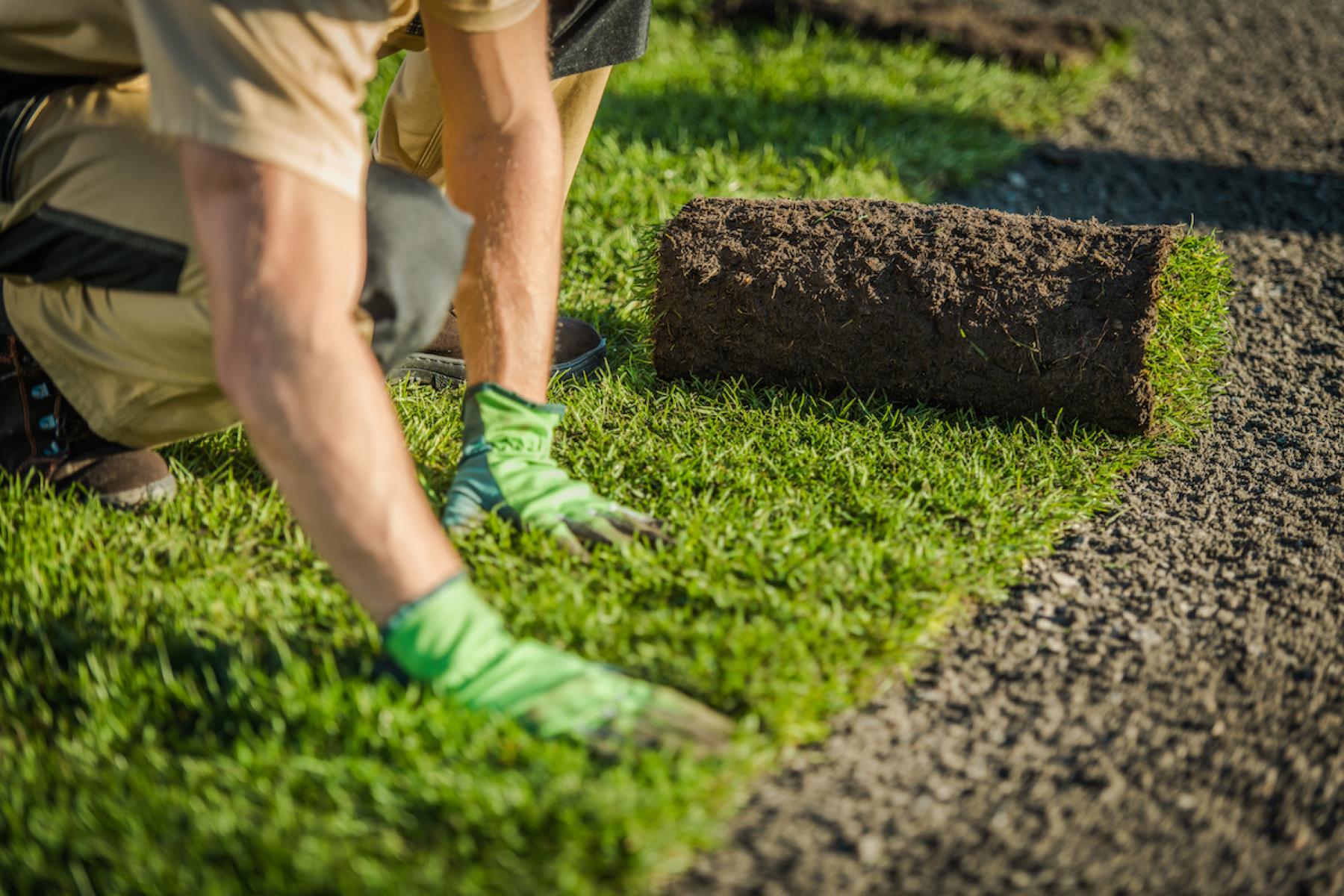
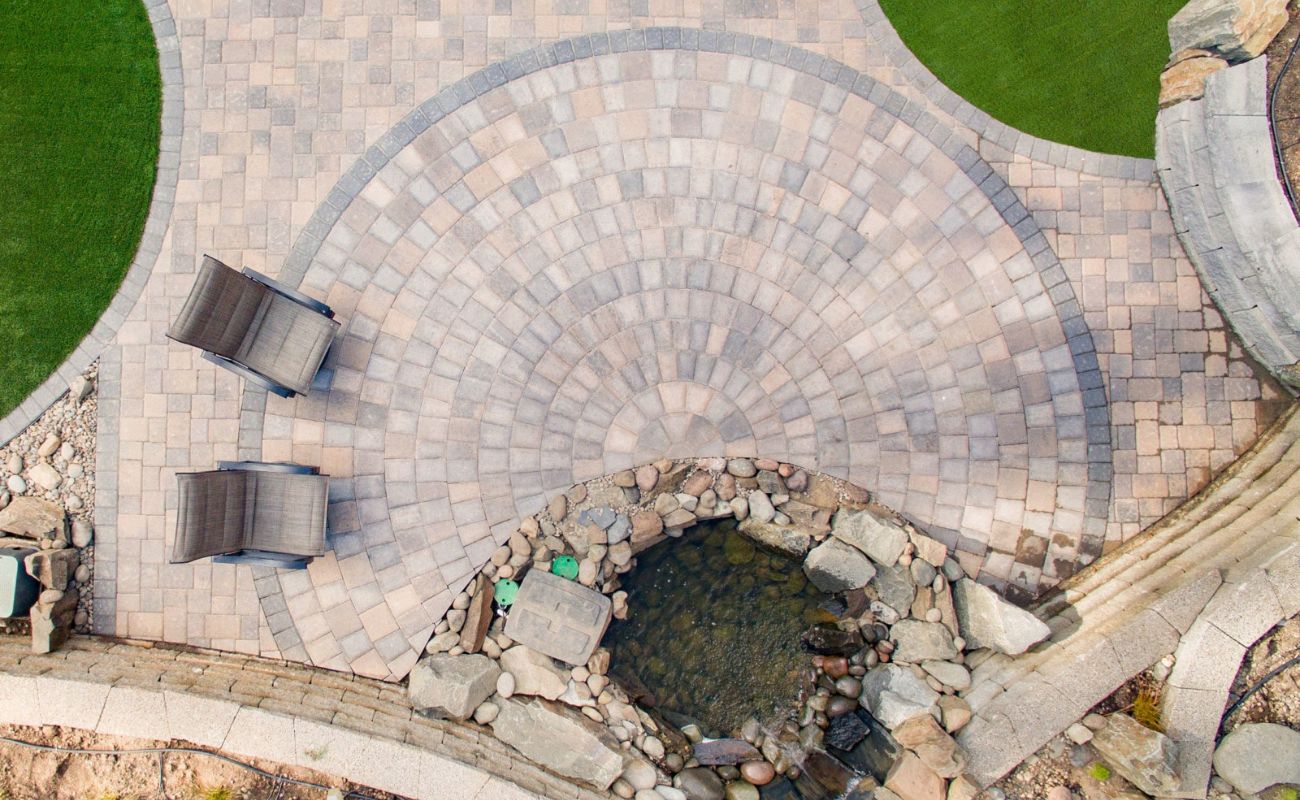
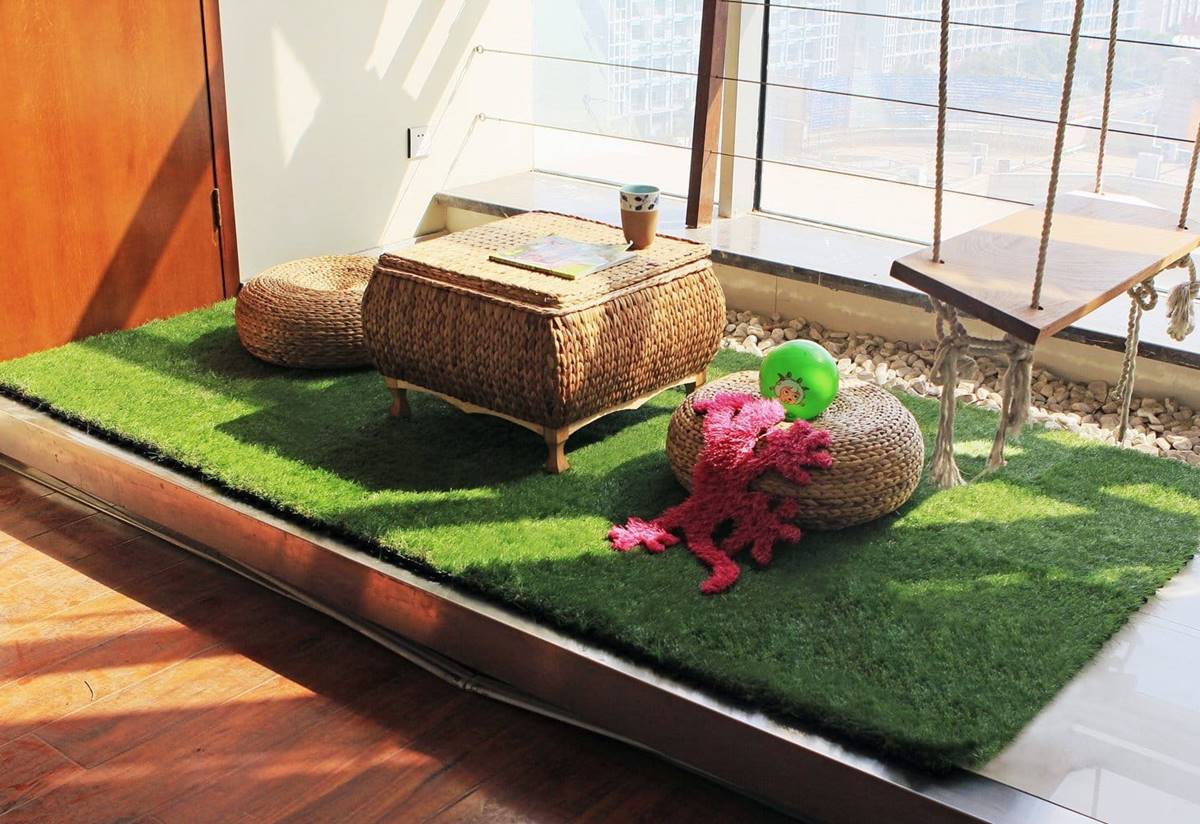
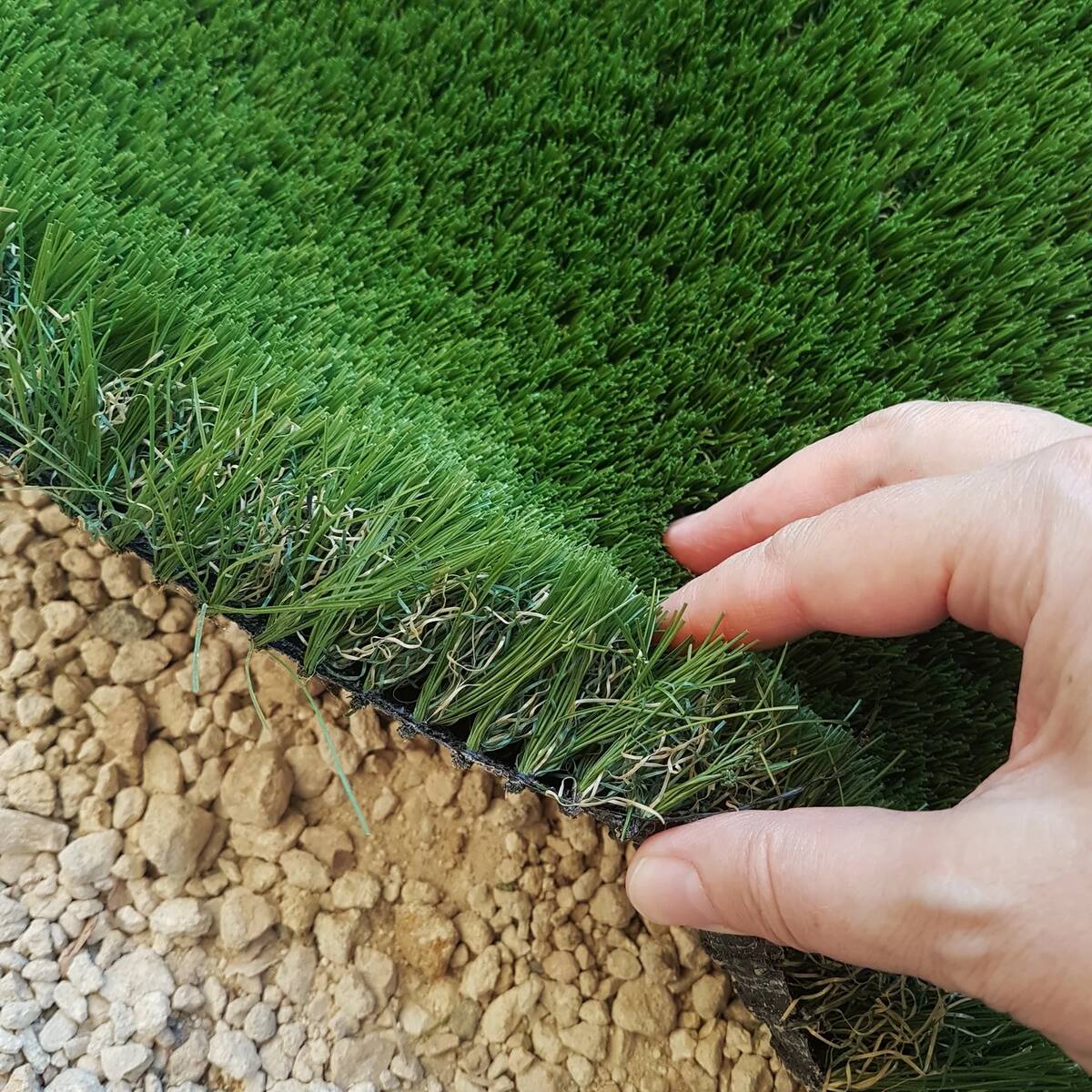
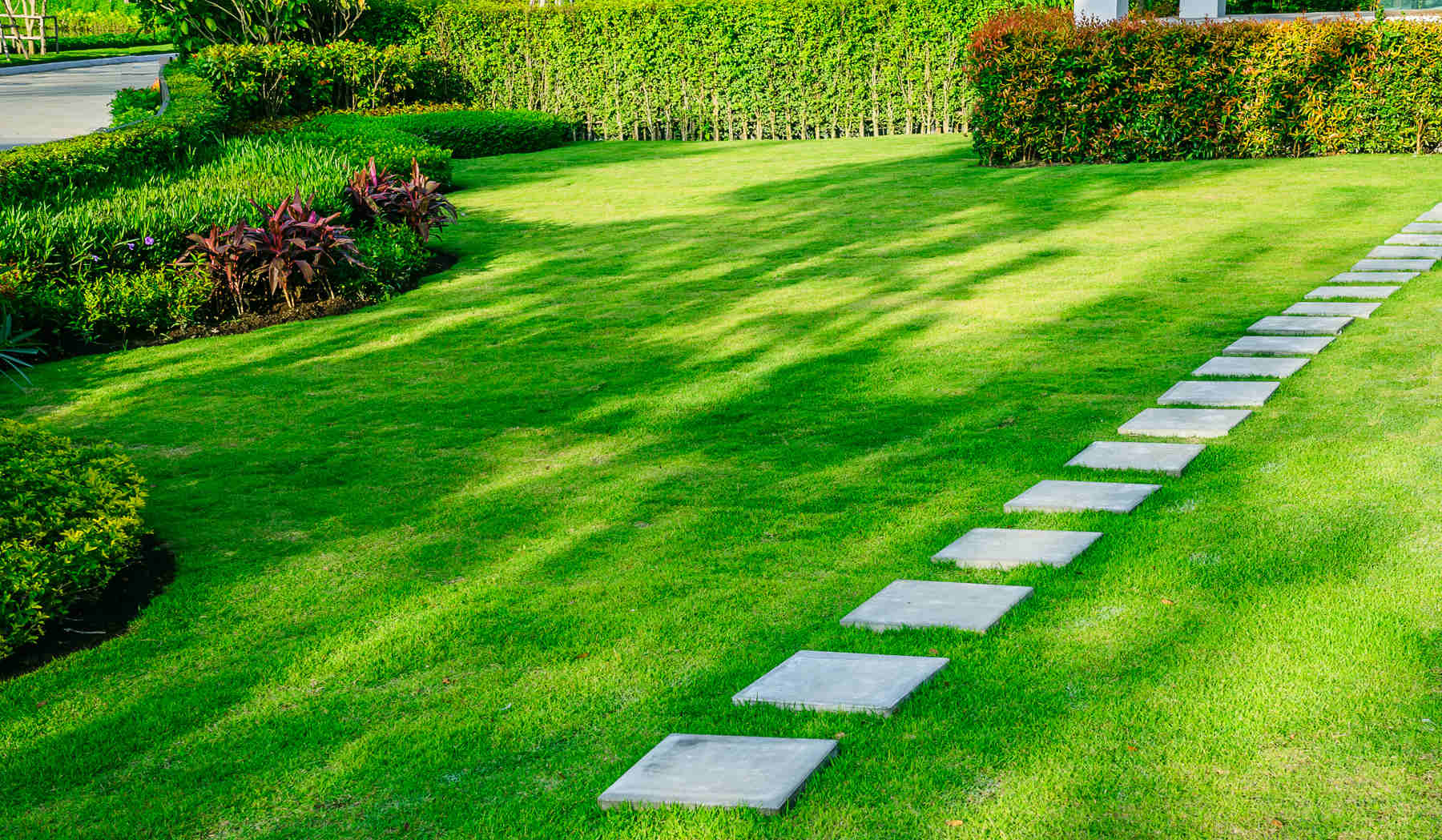
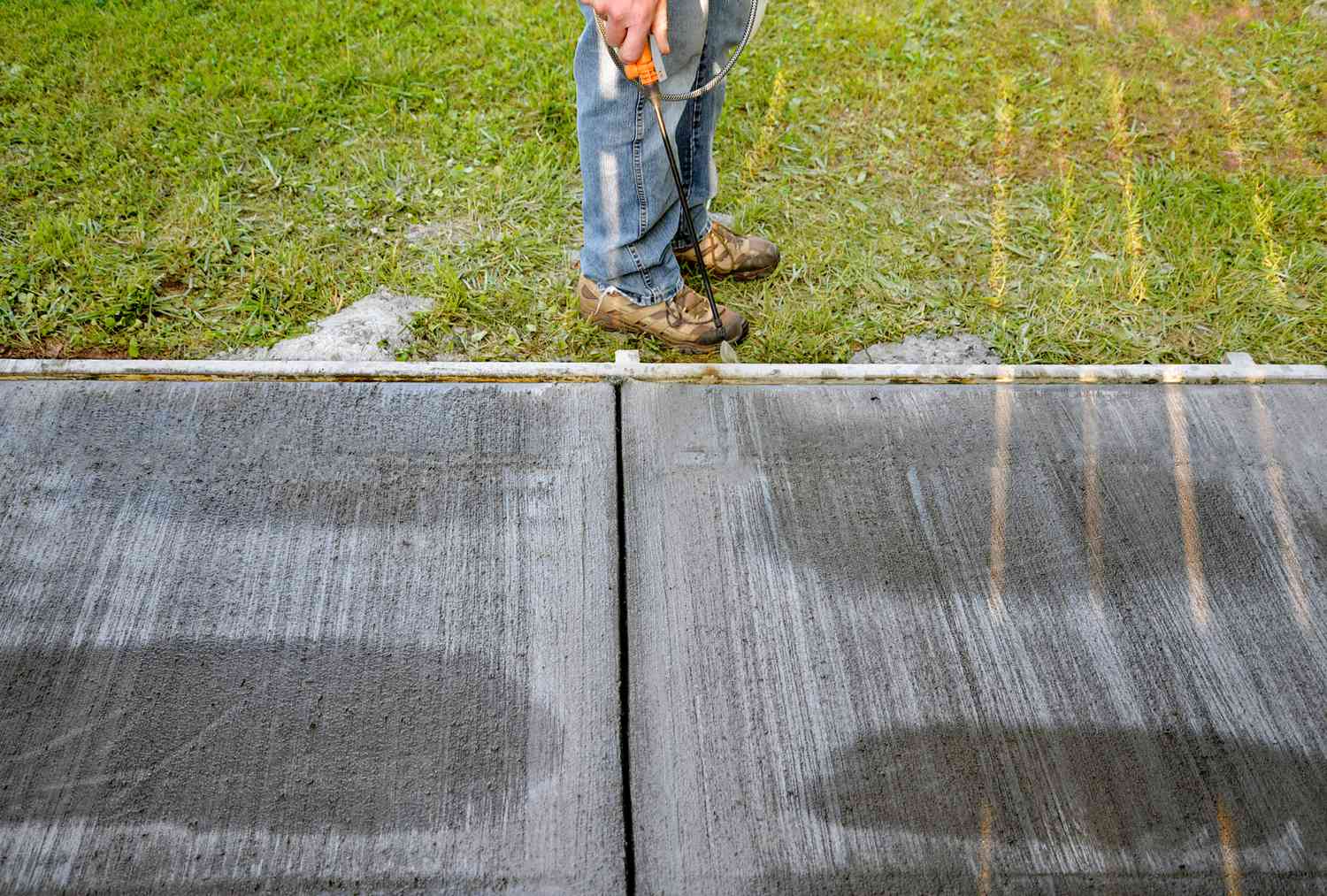
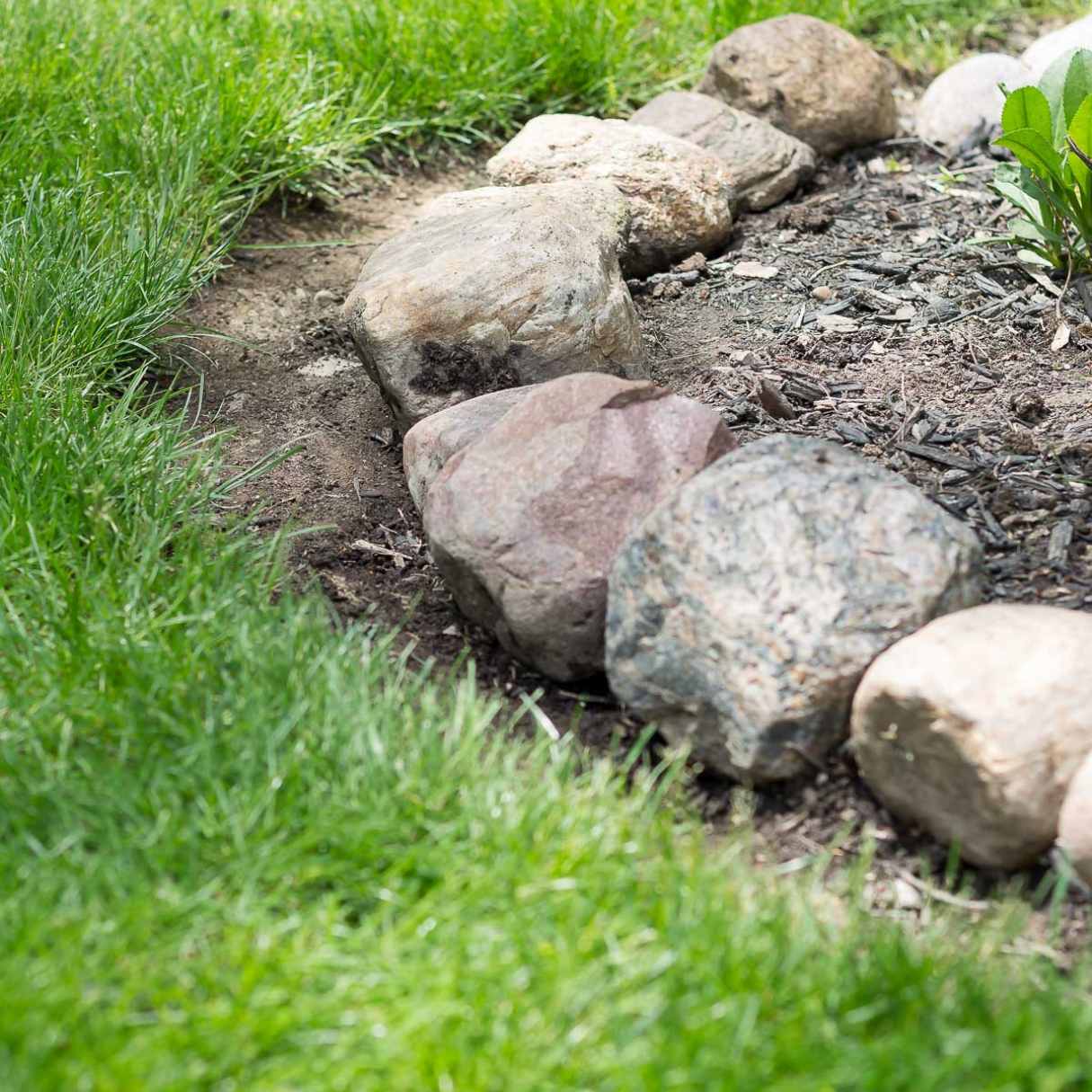
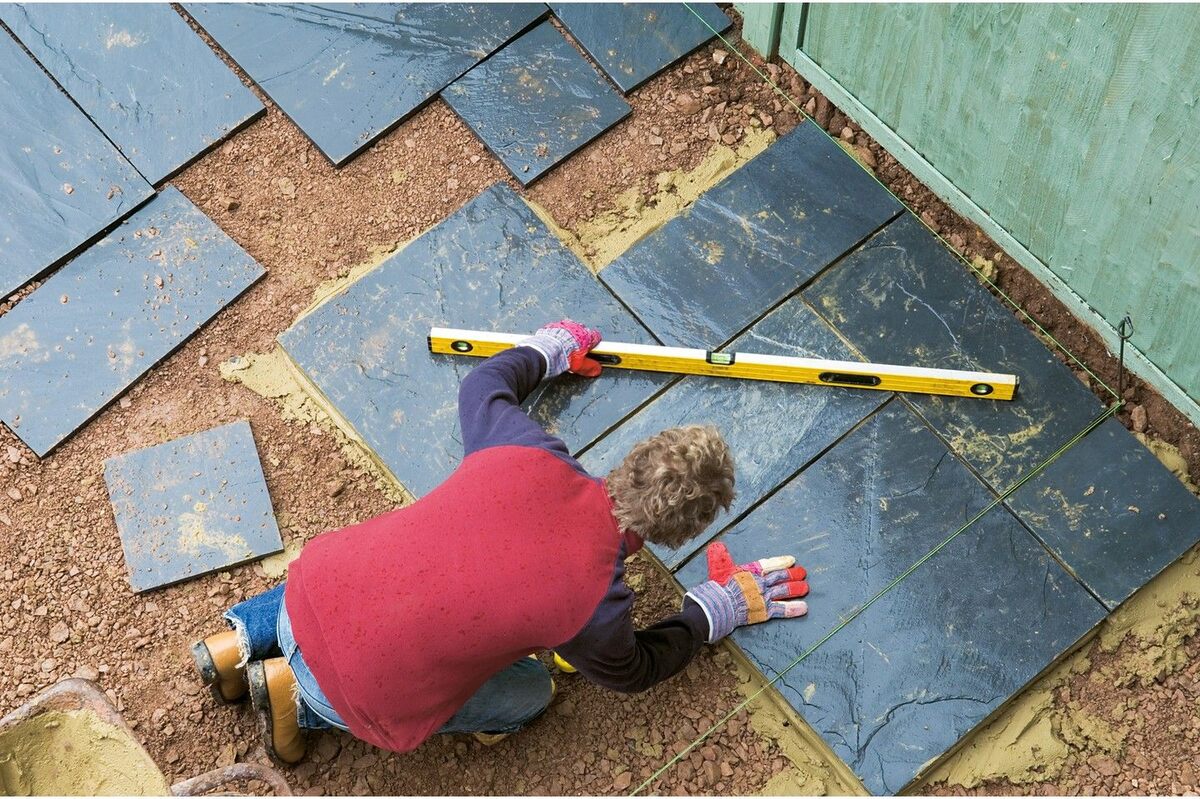
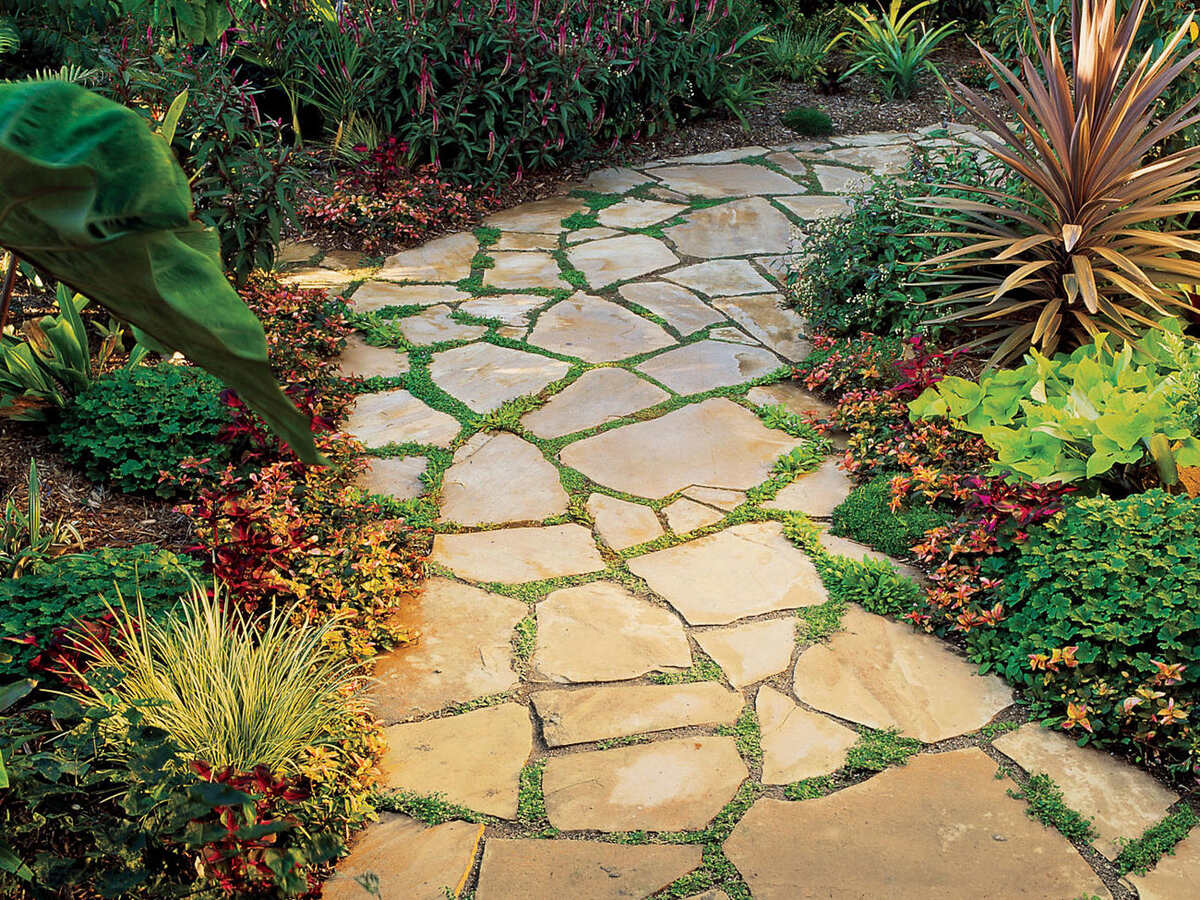
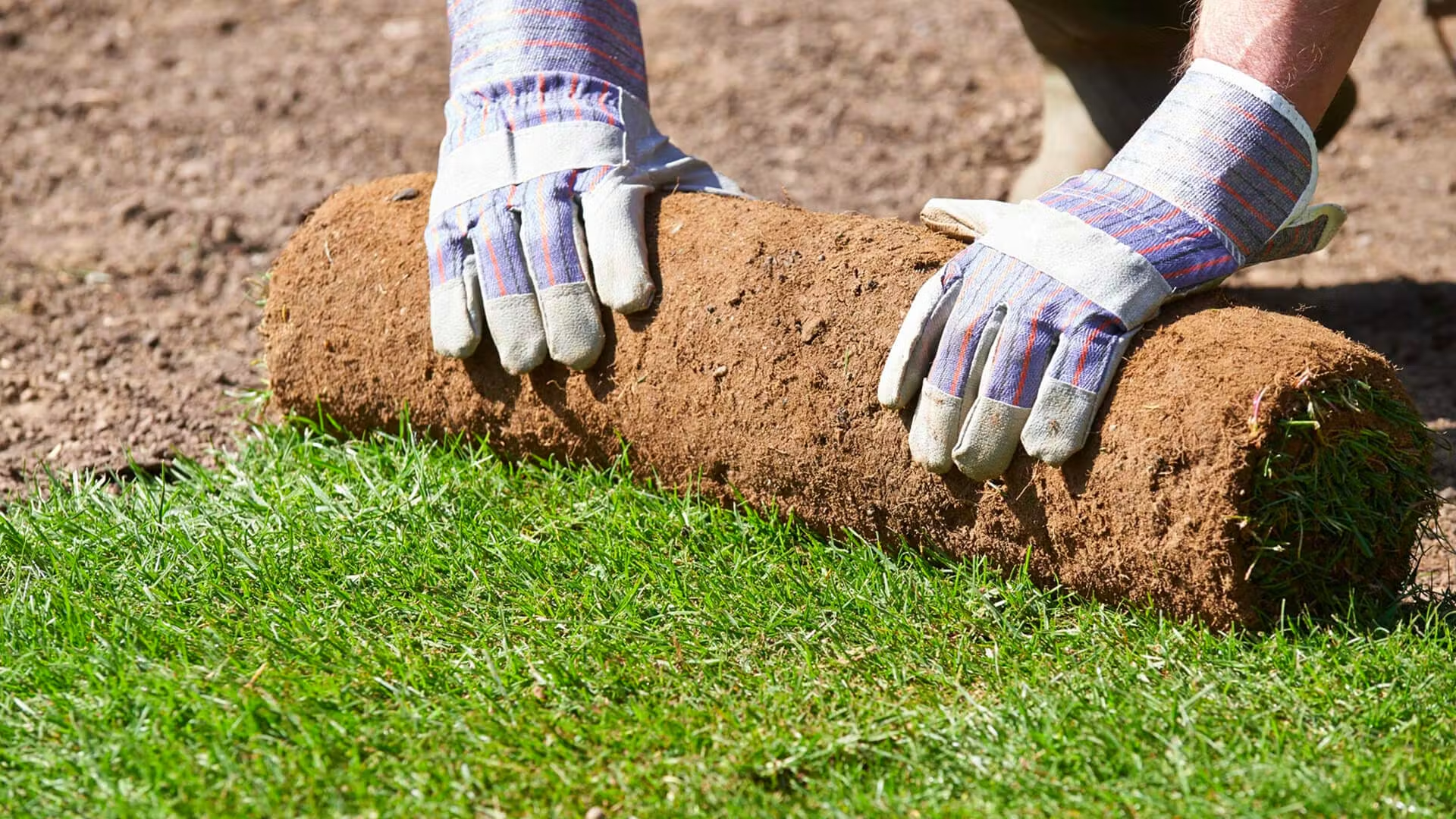

0 thoughts on “How To Lay Grass Mats”